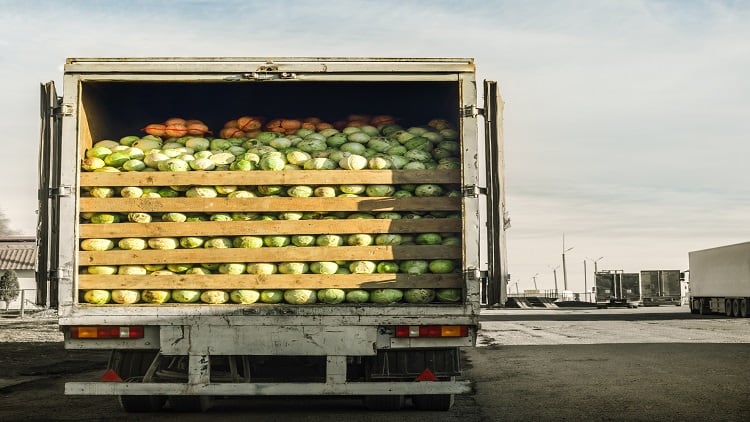It imported 53.481 million tonnes of food last year, which is a 36.5% increase as compared to 2016. The value of the products was US$58.28bn, which also saw a 25% increase.
The EU, USA, New Zealand, Indonesia, Canada, Australia, Brazil, Malaysia, Russia, and Vietnam were the top 10 import markets.
Food category wise, meat, edible oil, dairy products, aquatic products, cereal grains, wine, sugar, beverages, dried fruits, and pastry were the main types of food imported into the country.
The information was announced during a “China Food Safety Publicity Week” event held in Qingdao, Shandong province.
China has been looking to diversify the types of imported foods imported in recent years.
For instance, a group of procurement authorities in the Guangdong Imported Food Association had recently held bilateral business talks with 30 companies from Turkey’s food exporting companies, Turkey's local media Daily Sabah reported.
Fresh and dried shelled fruits, olive oil, coffee, chocolate, and wine were some of the products that the Chinese companies were keen to import from Turkey, said the report.
On the other hand, imports of certain products such as vodka had contributed significantly to import figures.
For instance, the imports of Russian vodka had jumped 10 times from 42,000 litres to 480,000 in years 2012 to 2016, according to Vadim Deluobizi, director of the Research Center of Alcohol Market of the Russian Federation.
With the recent announcement to cut import tariffs — the average tariff rate for cultured and fished aquatic products has been cut from 15.2% to 6.9% — the number of imported products in China is set to increase.
Innovation
Experts have cautioned foreign brands to innovate their products in order to remain relevant to China’s competitive market.
The growing success of local names has seen international fast food, soft drinks, and infant formula companies lose their market share, the latest edition of a major annual retail trends report revealed.
“Local competition is now extremely high on the agenda of foreign firms in China," said Bruno Lannes, a Shanghai-based partner with consultancy Bain & Co, which with researcher Kantar Worldpanel analysed competition in several fast-moving goods markets for its 2018 edition.
“In order to win in China now they need to beat not just traditional competitors, but they need to win against local companies that are faster and more innovative than they had realised,” he added.
One strategy, is to focus on faster innovations and serve younger consumers shopping online.
“Brands can invest to capture the steady growth of online sales. In the food and beverage categories, they can follow consumers into alternative channels, such as restaurants and tea and coffee shops, which are expanding with O2O [online-to-offline] delivery platforms,” the report said.
Strengthened supervisory measures
Strengthened supervisory measures which held food operators accountable and efforts promoting the international co-governance in food safety were the two main reasons that had prevented imported food from presenting major safety issues last year, GACC said.
In total, China Customs had detected 6,631 consignments of non-compliant food imported from 94 countries or regions, weighing 49,000 tonnes and valued at US$69.537m last year.
The non-compliant products were mainly beverages, pastry, sugar, cereal grains and wine.
Problems with product quality, certificates and labels, excessive additives and microbial contamination were the main reasons for being non-compliant.


